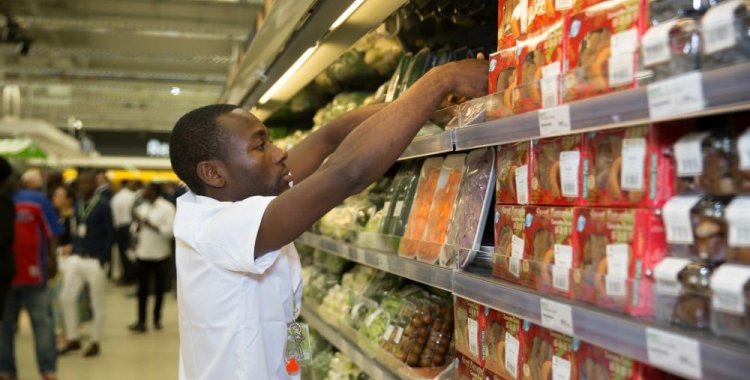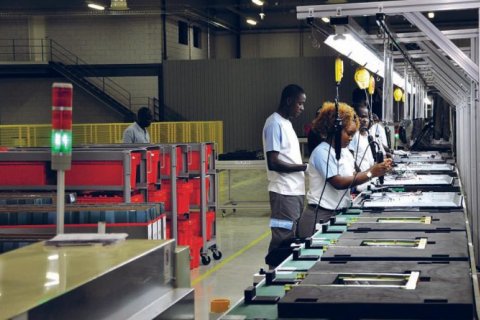The document from the National Statistics Institute (INE) referring to last February highlights that the trend of year-on-year variation in the last three years is increasing.
The IPG calculates the variation in the prices of goods produced in the country, as well as imported products traded internally, at the first levels of the transaction, in the agriculture, livestock, fishing and manufacturing sectors.
Regarding this year, INE advances that the Wholesale Price Index (IPG) recorded a monthly variation of 2.22 percent between January and February, with 0.04 p.p. lower than that recorded in the previous period and 0.01 percentage point lower than that observed in the same month of 2021.
Last February, the prices of national products increased by 2.63 percent compared to prices in January, with section A - agriculture, animal production, hunting and forestry, the one with the highest price increase, with 2.89 percent.
"The products that had the greatest price variation in this group were the following: carrots with 5.99 percent, lemons with 5.59 percent, tomatoes with 4.84 percent, bananas with 4.62 percent, cattle with 4.55 percent, peppers with 4.52 percent, cabbage with 4.13 percent, sweet potatoes with 3.91 percent, reindeer potatoes with 3.78 percent, fresh milk with 3.59 percent, onion with 3.47 percent, pineapple with 3.38 percent, ginguba [peanuts] with 3.37 percent, cassava with 2.98 percent, papaya with 2.97 percent, orange with 2.36 percent, live goat with 1.63 percent and eggs with 1.51 percent among the main ones", describes the document.
The accumulated variation of national products in February was 5.35 percent.
In the field of imported products, the price change in February 2022 reported an increase of 2.09 percent compared to the previous month, influenced by the price change in the agriculture, animal production, hunting and forestry section, with 2.41 Percent.
The rise in prices was mainly seen in the import of apples (5.41 percent), tomatoes (4.55 percent), cabbage (3.90 percent), garlic (3.63 percent), chickpea (3.58 percent), onion (3.56 percent), reindeer potato (3.52 percent), pumpkin (3.15 percent), lemon (3.06 percent), pear (2 .90 percent), carrots (2.81 percent) and corn grain (2.18 percent).
The accumulated change in imported products in February this year was 4.28 percent.
Overall inflation in February 2022 was 2.22 percent, with imported products contributing the most, with 1.60 percentage points, that is, 72 percent, and national products with 0.62 percentage points, the which corresponds to 28 percent of the value of global inflation.
The National Statistics Institute also released the results of the Construction Materials Price Survey (IMMC) between February 2021 and February this year, which reveals that the year-on-year rate of change stood at 21.7 percent, with the accumulated change in the period from December of last year to February of this 2022 of 4.2 percent.
The price of construction materials is an important indicator for the construction market, being able to identify, through its variation, the degree of intensity of activities in the construction sector.
In the year-on-year variations, among the groups of construction materials, the class "other synthetic products" registered the greatest increase in prices (29.1 percent), followed by "wood and plywood" (28.8 percent), "beams, joists and battens" (27.4 percent), "synthetic products" (27.3 percent) and "glass and glass articles" and "leash" (26.7 percent each) among the main ones.
The groups of materials that most contributed to the variation of the IPMC for the month of February are: "steel with 0.7 percentage points, "cements and binders" with 0.5 percentage points, "ready concrete" with 0.3 percentage points, " blocks" and "aluminium" with 0.2 percentage point each and "bricks" and plastic pipes and fittings" with 0.1 percentage point each", indicates the study.







